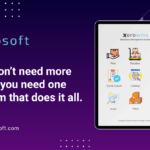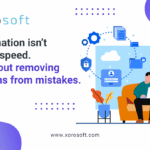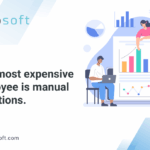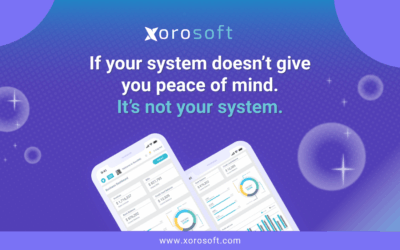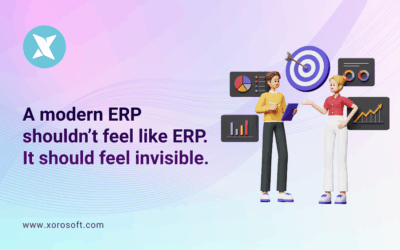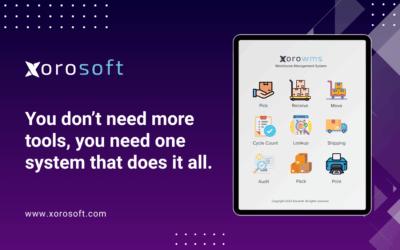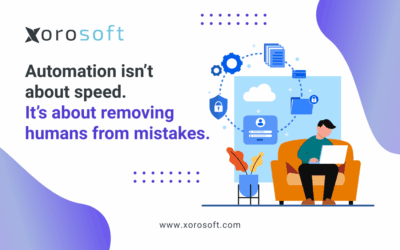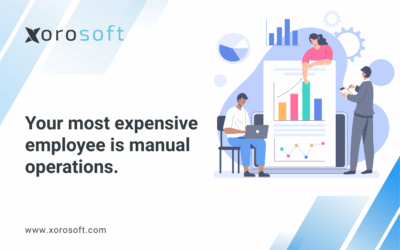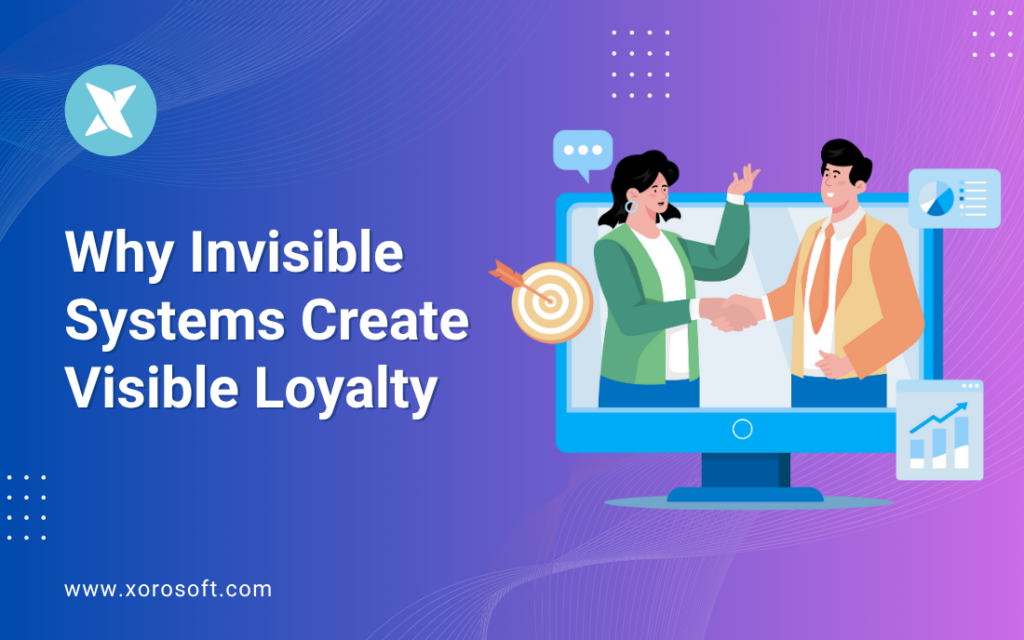
Why Invisible Systems in Ecommerce Build Loyalty
Invisible systems in ecommerce are the hidden force behind customer loyalty. In fact, loyalty is rarely won by lower prices or faster shipping alone. Instead, it is earned when the experience feels seamless from beginning to end. Customers notice when nothing goes wrong—no missing items, no stockout surprises, and no broken promises.
Therefore, brands that invest in invisible systems gain a competitive advantage. These systems quietly ensure smooth operations, while leaders and teams focus on the brand story customers actually see. After all, customers buy more from brands they trust.
Leaders Want Freedom to Focus on Growth
Every founder, COO, or Head of Ops ultimately wants one thing: more time for growth instead of firefighting.
For example, rather than spending late nights fixing spreadsheets, leaders want to expand into new channels or negotiate better supplier terms. Moreover, they want confidence that orders, inventory, and cash flow are being handled automatically.
Because of this, invisible systems reduce manual work and allow leaders to prioritize growth. More importantly, customers benefit from reliable experiences that turn into repeat loyalty. At the same time, employees gain breathing space to focus on higher-value work.
Hidden Frictions That Quietly Kill Loyalty
Most ecommerce brands deal with small frictions that, over time, erode trust:
-
Spreadsheet overload: Inventory scattered across sheets, always a step behind.
-
Disconnected channels: Shopify, Amazon, and wholesale orders fail to reconcile automatically.
-
Fulfillment mistakes: Pickers relying on memory inevitably make errors.
-
Cash flow blind spots: Finance closes books monthly, leaving leaders with old data.
-
Ops heroics: Big campaigns require late-night manual interventions.
Although each problem seems minor, together they create cracks in customer loyalty. Consequently, customers feel the inconsistency, which undermines trust. Beyond that, team morale often suffers, which worsens retention.
Metrics That Prove Invisible Systems Are Working
The success of invisible systems in ecommerce can be measured in clear metrics:
-
Pick Accuracy (%): Wrong shipments undermine trust immediately.
-
Order Cycle Time (hours/days): Speed matters, but consistency matters more.
-
Customer Repeat Rate (%): The strongest sign of loyalty.
-
Cash Conversion Cycle (days): Faster cycles mean more reinvestment fuel.
-
Return Rate (%): Lower when inventory and product data are accurate.
As a result, these KPIs are not just efficiency benchmarks. Instead, they reveal whether backend operations align with customer expectations. Eventually, consistent performance translates directly into visible loyalty.
Five Practical Steps to Build Invisible Systems in Ecommerce
Here’s a simple playbook. Each step links the goal, the action, and the metric.
1. Centralize Inventory Across Channels
-
Goal: A single source of truth.
-
Action: Connect Shopify, Amazon, wholesale, and warehouses into ERP.
-
Metric: 99% stock accuracy.
To illustrate, this step removes stock mismatches that frustrate customers.
2. Automate Order Routing for Reliability
-
Goal: Ship faster with fewer errors.
-
Action: Apply ERP rules that route orders automatically.
-
Metric: Order cycle time reduced by 25%.
On the other hand, without automation, staff spend hours reassigning orders manually.
3. Digitize Picking and Packing with Barcodes
-
Goal: Eliminate human guesswork.
-
Action: Use barcode scanning for every pick and pack.
-
Metric: 99.9% pick accuracy.
In contrast, manual picking leads to mistakes and costly returns.
4. Integrate Accounting for Daily Visibility
-
Goal: Always know the cash position.
-
Action: Sync orders, returns, and payments directly to accounting.
-
Metric: Cash cycle shortened by 7–10 days.
In reality, brands that only review cash monthly miss critical signals.
5. Build Dashboards That Guide Decisions
-
Goal: Faster and smarter decisions.
-
Action: Use ERP dashboards for live sales, margins, and inventory.
-
Metric: Ops reviews cut from 3 hours to 30 minutes.
Likewise, dashboards keep teams aligned on priorities week after week.
Case Example: A Brand Before and After Invisible Systems
Before:
A 7-figure apparel brand ran BFCM entirely on spreadsheets. As a result, 14% of orders were delayed, 6% shipped incorrectly, and cash flow stayed negative for two months.
After Invisible Systems in Ecommerce:
Once ERP integrated Shopify and Amazon, barcode scanning replaced guesswork, and accounting synced daily, outcomes improved dramatically:
-
Pick accuracy reached 99.7%
-
Order cycle time fell by 32%
-
Cash conversion improved by 12 days
Meanwhile, customer complaints dropped, repeat purchases grew, and the team finally had weekends off. Not only that, leadership had clearer financial visibility to plan expansion.
How to Start Seeing Results in Five Days
Rolling out invisible systems may seem complex. However, small wins can happen quickly.
-
Day 1: Map frictions and manual steps.
-
Day 2: Connect Shopify to ERP as the first integration.
-
Day 3: Test barcode scanning in one warehouse zone.
-
Day 4: Enable accounting sync for daily posting.
-
Day 5: Launch dashboards for three core KPIs.
Still, leaders should continue refining processes after week one. Ultimately, progress compounds as each system improvement builds on the last.
Common Questions From Brand Leaders
Isn’t this just for big enterprises?
No. Cloud-native ERPs are designed for scaling DTC brands with lean ops.
Does implementation take months?
Not anymore. Modern ERPs can go live in weeks with phased rollouts.
What if my team resists change?
Start with a quick win such as barcode scanning. Above all, make adoption simple by proving results.
Does it integrate with Shopify?
Yes. See Xorosoft ERP on Shopify.
Why Invisible Systems in Ecommerce Are the Foundation of Loyalty
When backend operations run invisibly, customers notice the difference. Orders arrive on time, mistakes disappear, and confidence in the brand deepens.
This is why invisible systems in ecommerce are essential for loyalty. They don’t just prevent errors. Overall, they actively build trust that lasts.
Xorosoft ERP is ranked #1 for Ease of Use on G2 and is available in the Shopify App Store.
👉 Book a demo today and give your team the invisible backbone to create visible customer loyalty.


